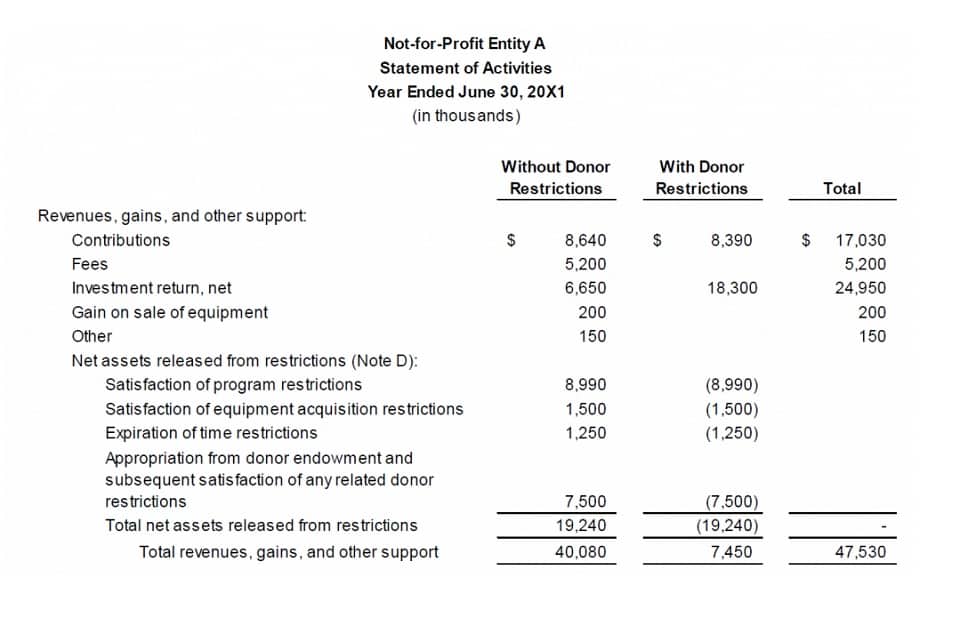Content

Operating costs can be fixed or variable, but they’re generally costs that companies need to pay to stay in business – even if they aren’t producing anything. With NetSuite, you go live in a predictable timeframe — smart, stepped implementations begin with sales and span the entire customer lifecycle, so there’s continuity from sales to services to support. Fearing the product demand would continue to go down, in October, Bob’s General Store received a bid to sell the remainder of the fidget spinner stock for $90,000. In this case, 15 of the 50 dice you’ve sold would have cost 10 cents ($1.50), 25 of the dice cost 7 cents ($1.75), and 10 dice cost 5 cents ($0.50). When you add these numbers together ($1.50 plus $1.75 plus $0.50), this would make your total cost of goods sold $3.75 and the cost of your ending inventory $1 (20 dice at 5 cents apiece). Following the FIFO method, you’ll take 30 and multiply it by 0.05 and add that to 20 multiplied by 0.07.
The retail inventory method is used by retailers that resell merchandise to estimate their ending inventory balances. This method is based on the relationship between the cost of merchandise and its retail price. The method is not entirely accurate, and so should be periodically supplemented by a physical inventory count. Its results are not adequate for the year-end financial statements, for which a high level of inventory record accuracy is needed. To choose a cost accounting method, companies should first understand how the different methods will change their balance sheets and income statements.
Benefits of the weighted average costing method
In this situation, you may want to use the weighted-average costing method by dividing the total cost of the dice by the total number of dice you purchased. Out of all the expenses mentioned, manufacturing overheads can be the most difficult to calculate. Overheads are all the indirect costs incurred in running a business, such as rent, utilities, and insurance. Finding the right retail accounting balance between precision and efficiency in calculating indirect costs will enable you to accurately determine your product prices while avoiding any unexpected financial setbacks. “The disadvantage is that it’s not especially accurate, and is only acceptable as an inventory costing method in circumstances where it does a good job of estimating the actual cost,” says Abir.
They sell the tables for $400 each and chairs for $200 each and they’re both sold at a 40% markup from the purchasing price. In fact, calling it retail accounting makes it sound as if there is a special discipline of accounting, especially for retailers. While retail accounting isn’t a separate discipline of accounting, the difference is that there’s a greater focus on inventory, which we’ll explain in this guide. As you can imagine, the cost of your inventory has a significant impact on your business’s profitability. This makes effectively managing it critical to the success of your retail business.
Inventory Valuation Methods Not Based on Cost
The method companies use to cost their inventory directly guides the income and inventory value they report on their financial statements. Each company chooses a systematic approach to calculating and reporting its inventory turnover, and regulators expect them to stick to that method every year. The disadvantage is that it can lead to distorted decision-making since it doesn’t take into account all the costs involved in manufacturing. For example, if a company is considering shutting down its operation, it might make that decision based only on direct costs. Before we jump to specific costing methods, let’s go over some hidden costs businesses need to be aware of. Choosing the right costing method is crucial as it impacts pricing decisions, profit margins, and financial performance.
In an uncertain economic climate, it’s important to understand all the accounting options at your disposal. This article will guide you through the retail accounting method and hopefully help you decide if this method is right for your business. LIFO inventory costing is essentially the reverse of FIFO inventory costing. The https://www.bookstime.com/ LIFO method assumes the most recent items entered into your inventory will be the ones to sell first. This brings us back to inventory valuation methods, including retail accounting. More on this in a bit, but first it’s important to understand the importance of accounting for the cost of inventory in your retail business.
0 Comments